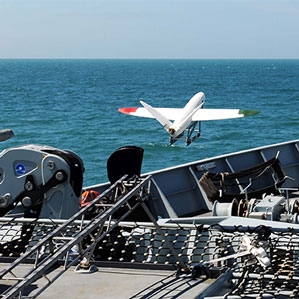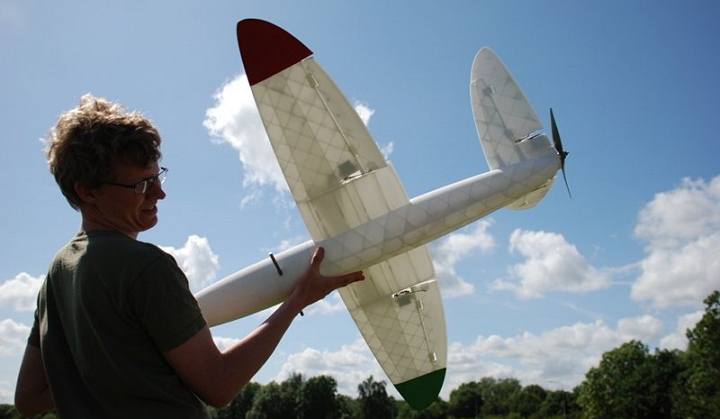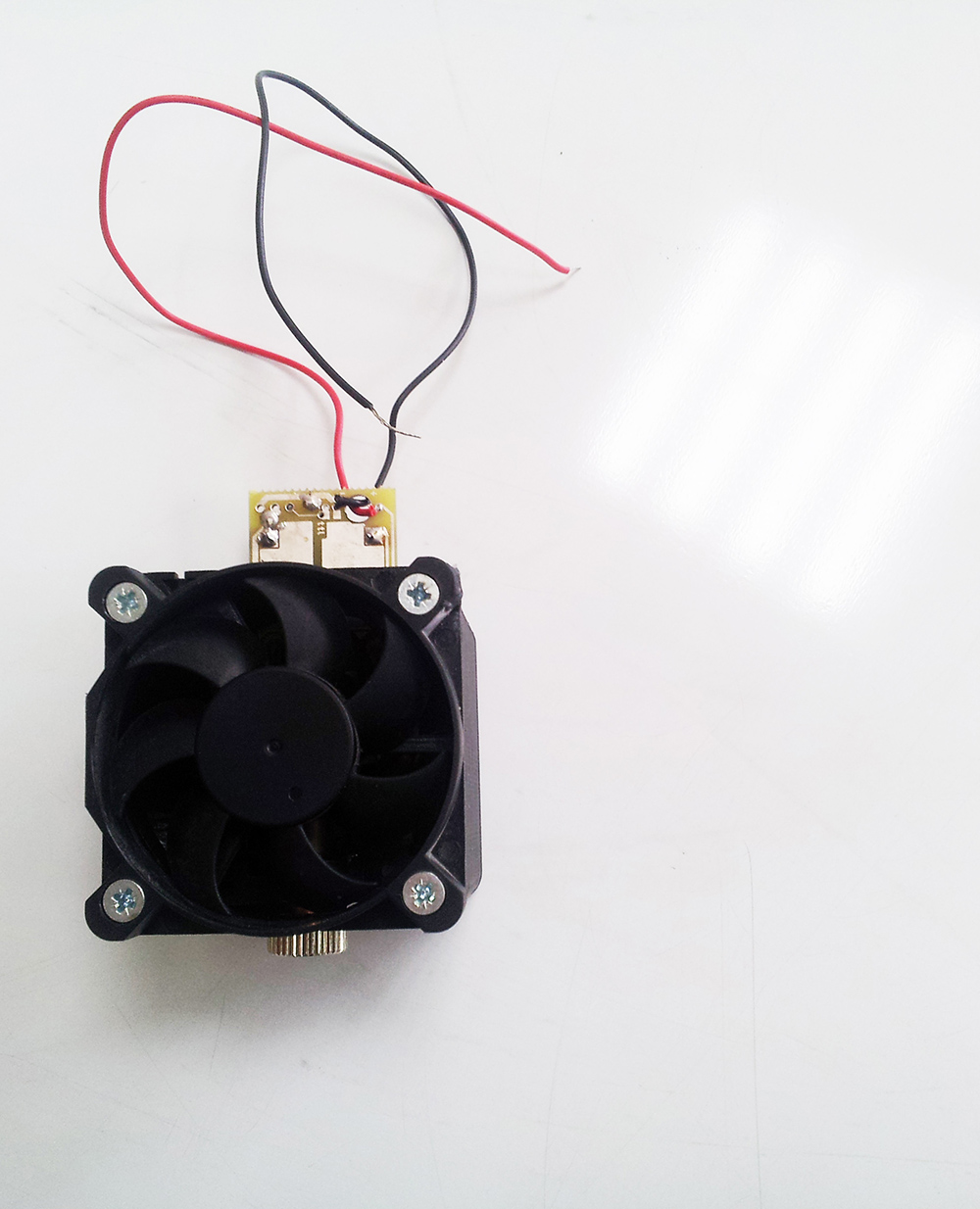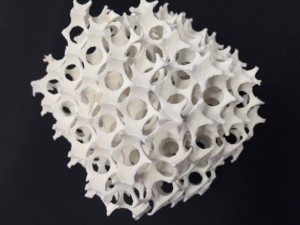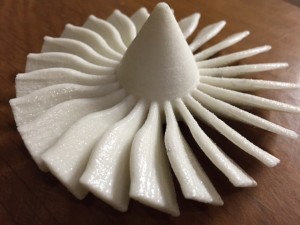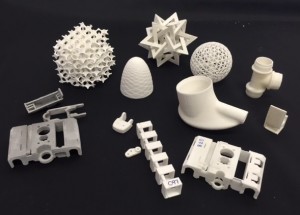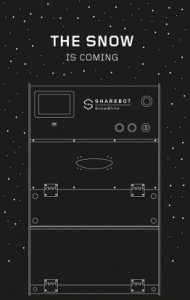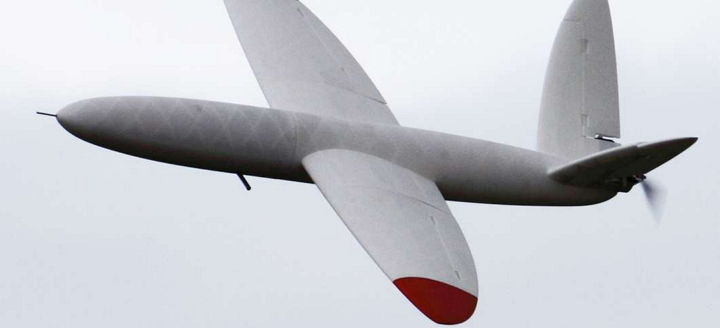 The British Navy has recently done several test launches of 3D printed drone aircraft from Navy vessels off the South coast of England. The drone (called the SULSA – Southampton University Laser Sintered Aircraft) was developed by Southampton University, using nylon sintering to create the airframe. The entire structure of the UAV (Unmanned Aerial Vehicle) has been 3D printed, including the wings, the fuselage, and the control surfaces.
The British Navy has recently done several test launches of 3D printed drone aircraft from Navy vessels off the South coast of England. The drone (called the SULSA – Southampton University Laser Sintered Aircraft) was developed by Southampton University, using nylon sintering to create the airframe. The entire structure of the UAV (Unmanned Aerial Vehicle) has been 3D printed, including the wings, the fuselage, and the control surfaces.
Jim Scanlan a Southampton University professor working on the SULSA project thinks that “today’s ship-launched UAVs are too expensive”. Scanlan (talking about Boeing’s ScanEagle) says that “Whoever is operating it is always petrified they might lose one,” he says. “If its single engine coughs, it goes for a swim.”
Drones like the SULSA are very promising to the Navy because they could be printed on demand on a ship. They could also be customised for specific missions. Furthermore replacement parts could easily be printed and installed for the drones on demand. The advantage of all this is that it is far cheaper than traditional drones used by the Navy that typically cost from hundreds of thousands of pounds to millions of pounds.
The SULSA can be printed and built for a few thousand pounds using an EOS EOSINT P730 nylon laser sintering machine and then fitting the drone with electronics. This makes the drone almost disposable and means that it can be flown with a lower level of caution than normal to retrieve critical information.
The drone has a wingspan of 1.5m and can fly at a maximum speed of 100mph and it is almost silent while cruising making it ideal for surveillance missions. The SULSA weighs 3 kg and is launched from a 3m catapult. With a flight time of around 40 minutes it could potentially be deployed in areas with pirating problems.
The flexibility of the laser sintering technology allows the drone to have a very high strength to weight ratio through the unusual geodetic design with crisscrossing spars inside the wings and fuselage that could not be achieved with traditional manufacturing techniques. Watch the video bellow to see the SULSA in flight.

